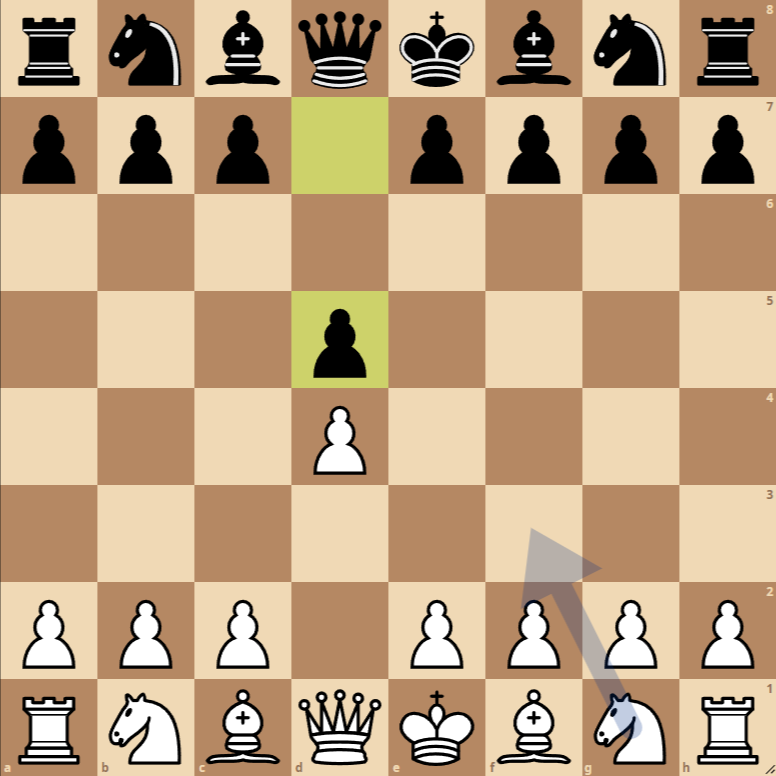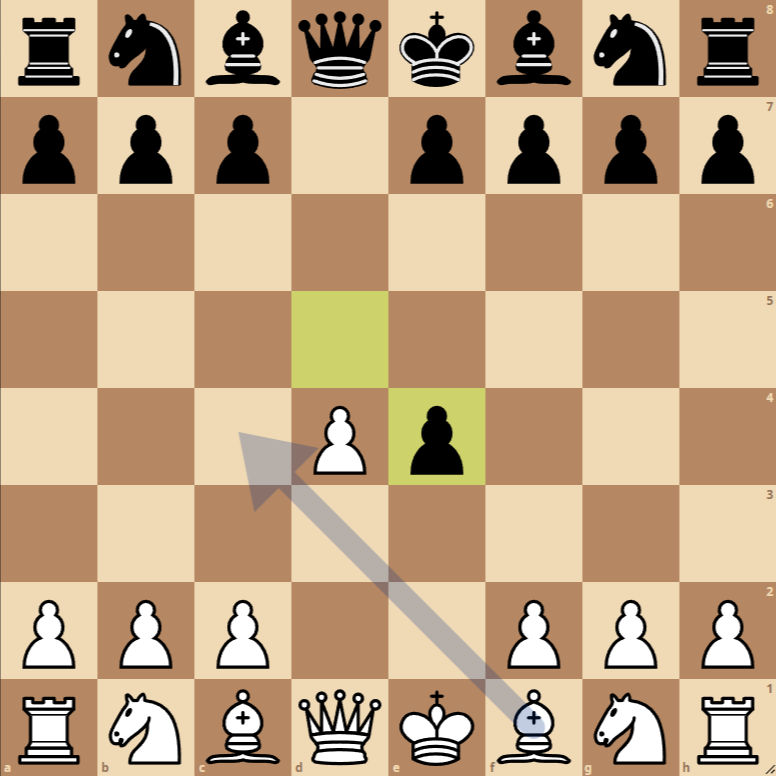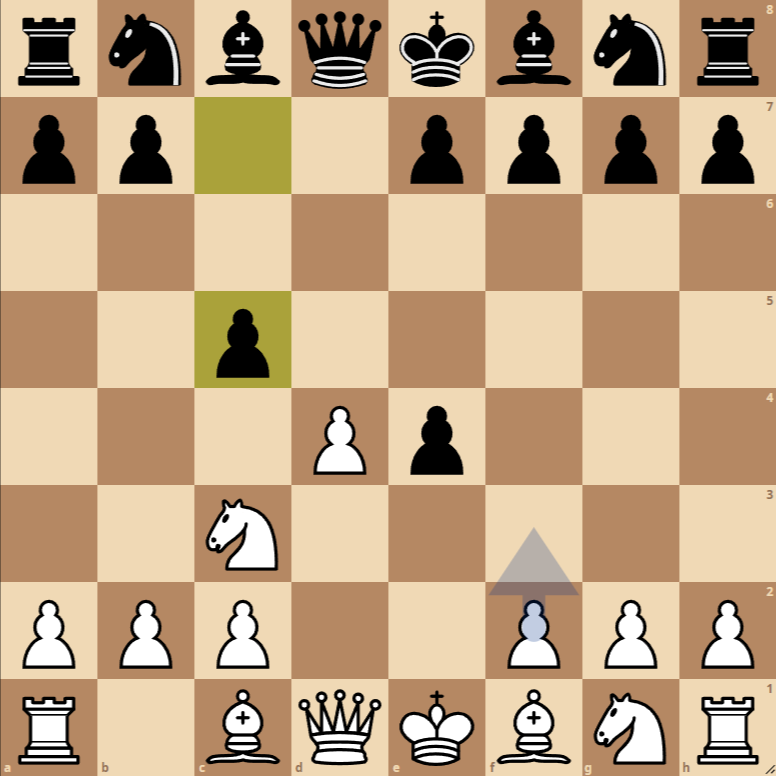How to Play the Blackmar-Diemer Gambit Reverse Albin Counter-Gambit



- 1. d4 d5: White opens with the queen’s pawn to control the center, while black responds symmetrically, also aiming for central control and preparing the development of their minor pieces.
- 2. e4 dxe4: White offers an early gambit, sacrificing a pawn for rapid development and initiative. Black accepts the gambit by capturing the pawn on e4.
- 3. Nc3 c5: White develops the knight to c3, targeting the pawn on e4 and preparing to recapture it. Black, in turn, advances the c-pawn to c5, challenging the center and seeking to expand their own space while maintaining tension.
Variations of the Blackmar-Diemer Gambit Reverse Albin Counter-Gambit
Immediate Pawn Recovery
One variation starts with white playing 4. f3, aiming to recover the pawn on e4. This move sets the stage for a quick king’s side castling and strengthens the center, although it exposes the king’s flank somewhat.
Pressure in the Center
Another variation involves white developing their bishop to f4 or their queen to d2, increasing pressure in the center and preparing to recapture the pawn on e4 under more favorable terms, possibly involving more pieces in the attack.
The Opening 1.d4 d5 2.e4 dxe4 3.Cc3 c5
The opening that unfolds through the moves 1.d4 d5 2.e4 dxe4 3.Cc3 c5 incorporates elements from both the Blackmar-Diemer Gambit and the Albin Counter-Gambit but with an interesting twist in the move sequence.
In this position, white has offered a pawn with 2.e4 to unbalance the center and accelerate their development, while black, with 3…c5, seeks to counterattack in the center, a typical strategy of the Albin Counter-Gambit but applied in a different context.
Strategies and Tactics for Both Sides
For White:
- Pawn Recovery: A strategic option for white is to attempt to recover the pawn on e4 with moves like f3, pressuring to regain material and maintain tension in the center.
- Development and Center Control: With Nc3, white is already developing minor pieces toward the center. Continuing this development with moves like Nf3, Be2, or even Bd3 can be crucial to capitalize on space advantage and the created imbalance.
- Attack: The position invites white to consider aggressive play, especially if they manage to recapture the e4 pawn and establish solid central control. An eventual short castling and a king’s side attack can be viable options.
For Black:
- Pawn Defense: Defending the advanced pawn on e4 with …f5 is a risky strategy but can be rewarded if black consolidates their space advantage on the king’s side.
- Counterattack in the Center: The move …c5 is sharp and aims to destabilize white’s control in the center. Black can continue to pressure the center with moves like …Nc6, developing more pieces toward the center and seeking attacking opportunities.
- Development and King’s Safety: It is essential for black to quickly develop their minor pieces (Be7, Nc6, Nf6) and consider timely castling to secure the king’s position.
Next Best Moves
- d5: This move, although not immediately available as an option for either side in the current position, is a central principle in the opening, aiming for central control or counterattack.
- Cxe4: For white, recapturing the pawn on e4 with the knight not only regains the offered material but also centralizes the game, allowing for future tactical maneuvers.
- f3: This is a critical move for white, seeking to recover the e4 pawn and open lines for their pieces. It is part of the strategy to maximize pressure in the center and prepare the ground for coordinated attack.
Each of these options comes with opportunities and risks, and the choice between them should be based on a balance between aggression and consolidation, adapting to the opponent’s responses and preferred playing style.
I have formatted the text as per your instructions, including HTML tags for headers (
and
), bold text (), and lists (
and
-
- and

